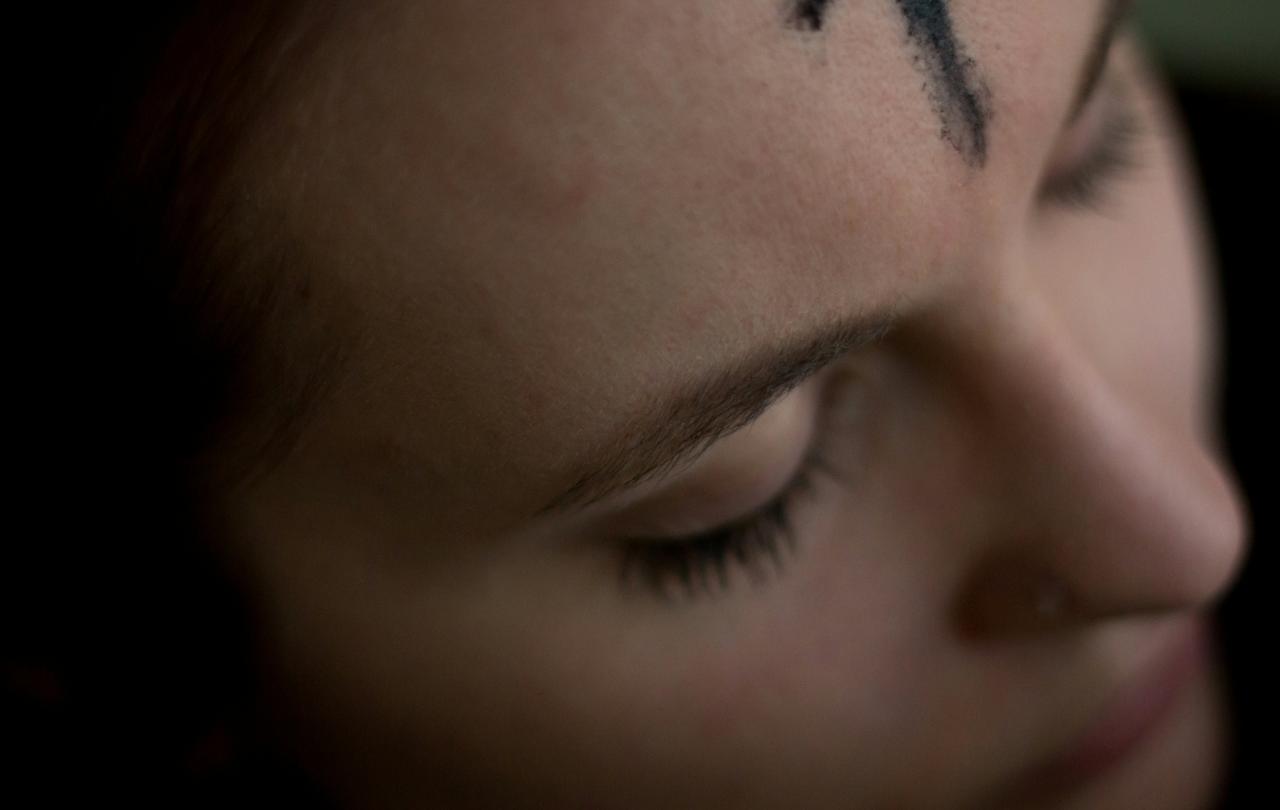“What’s that - a face tattoo?”
These were the words of one person as I walked past them on the streets on a recent Wednesday, with the ashes of last year’s burnt palm-branches placed across my forehead in the shape of the cross.
The cross has been a symbol of hope for over two millennia; that even in the most painful of circumstances, darkness does not have the final say, including in death.
As a society, we don’t really talk about death that much. Margot Robbie’s Barbie was the quintessential party-pooper when she pondered:
“do you guys ever think about dying?”.
It’s no fun to dwell on death and dying, and for many of us, we put it off as long as we can. That all changed last year with the introduction of the assisted dying bill into the Houses of Parliament. Our national attention was, for a rare moment, captured by death.
As a parish priest, I’ve seen the finality of burying someone into the ground. I’ve seen the sadness in the eyes of those trying to grieve.
The words of Ash Wednesday, which remind us that we are ‘but dust, and to dust we shall return’ are echoed in the famous words that the priest recites in those last moments of burial, ‘ashes to ashes, dust to dust’. In that moment, amongst the bereaved, there is no escaping the inevitability of death. It is the ultimate statistic, 1 in 1 die.
Whilst death is of course universal and will affect us all, the impact of this assisted dying bill could have consequences for some of the most vulnerable in society.
As I reflect on my time as a Priest in East London, this is not abstract theory, but something I lived with each day. I served amongst a hugely diverse, vibrant, community in one of the poorest parts of the city. As I try to picture some the people I’ve walked alongside, I know it is these lives that will be most affected.
One of the reasons I have concerns about the bill is the prospect of these people being coerced into ending their own lives prematurely, by a world that has already told them their lives are of little value. There are already huge disparities in access to the current provision of palliative care at the end of life, particularly amongst people of colour, the disabled and the poor.
Of the 500,000 people who die each year, 100,000 do not access the care they need. This number is skewed towards ethnic minorities and those who come from poorer backgrounds.
There is much confusion and misinformation about what end-of-life care even is. Research conducted by Marie Curie shows that 1 in 5 people from an ethnic minority background believe Palliative Care is actually Euthanasia.
We only need to look at what has happened around the world when the ‘right to die’ becomes a duty to die. Even with the best of intentions, other jurisdictions show us that safeguards rapidly deteriorate and those who are already vulnerable become even more so.






